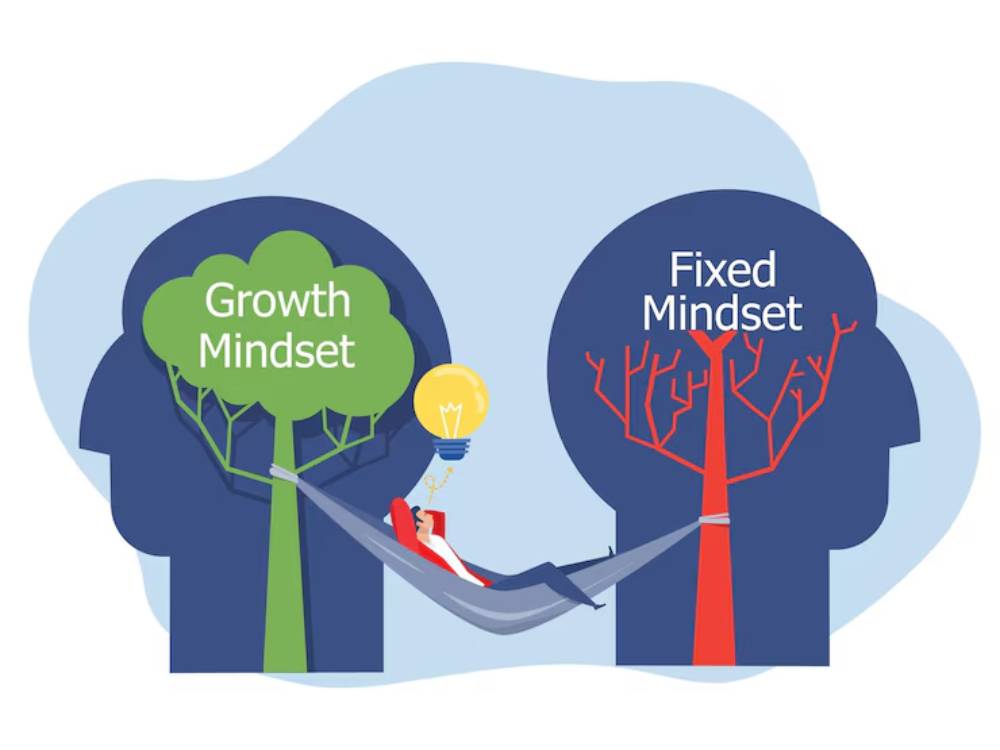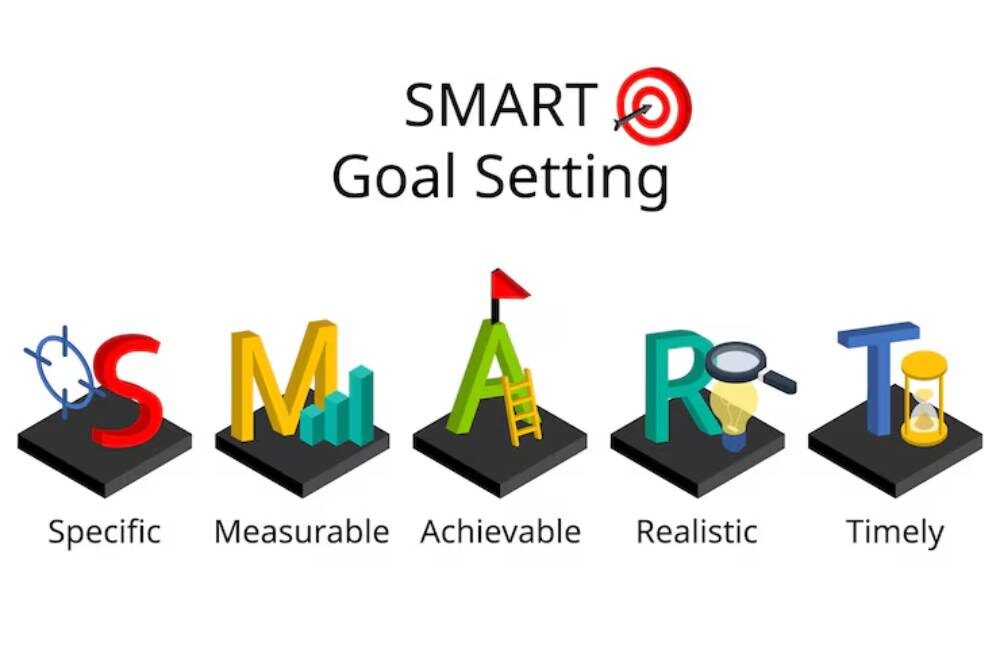
Unlocking Peak Motivation for Long-Term Goals
It’s not easy to stay motivated over the long run. We all can feel motivated when starting a new project or goal. But what’s it like when the initial buzz fades, and you’re up to your knees in the grind? Your motivation must grow from a temporary feeling into a lasting force after a career milestone, building a business, or working on yourself. This post will discuss effective motivation techniques, strategies for your mindset, and habits that will allow you to unlock peak motivation and maintain motivation over the long haul:
We’ll inspire ourselves with psychology, neuroscience, and the examples of others to allow consistency, vision, and environment to shape our drive. You’ll discover how to conquer mental roadblocks, cultivate a success mindset, and craft routines that promote daily advancement. Motivation is more than being inspired—creating a system that works when you’re not up for the task.
The Psychology of Long-Term Motivation

What Drives Us: Intrinsic vs. Extrinsic Motivation
Motivation comes in two key forms:
- Intrinsic motivation stems from internal desires—growth, curiosity, mastery.
- External rewards—money, recognition, and approval- drive extrinsic motivation.
While both have their place, research shows intrinsic motivation tends to be more sustainable. A sense of purpose or joy leads to better persistence than chasing external validation alone.
The Role of Dopamine and the Brain’s Reward System
Neuroscientists have identified dopamine as a key player in motivation. Dopamine isn’t just the “pleasure chemical”—it’s heavily involved in anticipating rewards, which fuels goal-directed behaviour.
To harness this:
- Break significant goals into milestones
- Celebrate small wins regularly
- Use visual trackers or habit apps
This consistent reward feedback keeps dopamine flowing, making progress achievable and satisfying.
Crafting a Success Mindset

Growth Mindset vs. Fixed Mindset
Dr Carol Dweck’s concept of the growth mindset underlines the belief that abilities can be developed through effort. This contrasts with a fixed mindset, where talent is seen as innate and unchangeable.
A growth mindset empowers you to:
- View setbacks as learning opportunities
- Persist in the face of challenges
- Embrace feedback for development
Adopting this frame is crucial when pursuing long-term goals.
The Power of Identity-Based Habits
James Clear, author of Atomic Habits, argues that the most lasting change occurs when we align our habits with our identity. Instead of saying, “I want to run a marathon,” say, “I’m a runner.”
Identity-focused goals make motivation easier by:
- Reducing friction in decision-making
- Reinforcing consistency
- Aligning your actions with your self-image
Motivation becomes second nature when who you are matches what you’re doing.
Proven Techniques to Stay Motivated Long-Term

1. Set SMARTER Goals
The goals should be:
- Specific
- Measurable
- Achievable
- Relevant
- Time-bound
- Evaluated regularly
- Rewarded for progress
The added emphasis on evaluation and reward ensures continuous momentum and adjustment.
2. Visualise the End Game
Mental rehearsal is a powerful tool used by elite athletes and entrepreneurs. Visualisation helps to:
- Increase confidence
- Enhance emotional connection to the goal
- Reduce anxiety around obstacles
Try this:
- Spend 5 minutes daily visualising your goal achieved
- Picture the actions you took, not just the outcome
3. Use Implementation Intentions
This means deciding in advance how you’ll handle specific situations.
Example: “If I feel like skipping my study session, I’ll review my vision board first.”
These pre-planned responses reduce decision fatigue and keep you aligned with your intentions.
4. Create an Environment That Supports You
Your surroundings heavily influence your behaviour. Ensure your environment:
- Minimises distractions
- Includes visual cues of your goals
- Encourages the habits you’re building
Consider:
- A tidy workspace
- Journals and trackers in sight
- Limiting digital noise
5. Build a System, Not Just Goals
Systems are the processes that lead to results. While goals are outcomes, systems are repeatable habits that make success inevitable.
Example: Goal: Write a book. System: Write 500 words every weekday at 7 AM.
A well-designed system sustains motivation by reducing reliance on willpower.
6. Surround Yourself with Accountability
People who publicly commit to their goals are more likely to achieve them. Try:
- Accountability partners
- Online mastermind groups
- Progress-sharing on social platforms
Social support fuels motivation, offers encouragement, and provides healthy pressure to stay on track.
7. Practice Energy Management
Motivation often dips when energy is low. Instead of time management, focus on energy cycles:
- Work during peak energy times (e.g., morning focus)
- Use breaks for movement or mindfulness
- Prioritise sleep, nutrition, and exercise
Real-Life Examples of Long-Term Motivation
Elon Musk and Relentless Iteration
Elon Musk’s ventures—from Tesla to SpaceX—showcase a relentless pursuit of long-term visions. His secret? Iteration. Musk breaks down massive missions into bite-sized problems and obsessively works through them. His motivation stems from purpose, not just profit.
Serena Williams and the Habit of Consistency
Serena Williams attributes her success to daily discipline and consistency over flashy moments. She trains with routine, not just motivation. Her story shows how habits trump inspiration when the journey is long.
J.K. Rowling and Perseverance Through Rejection
Before becoming a household name, J.K. Rowling faced numerous rejections. But her belief in the story and vision for Harry Potter kept her going. Vision, identity, and resilience are key motivators for creators facing setbacks.
Addressing Common Challenges
What If I Lose Motivation Completely?
Everyone experiences dips. Try:
- Revisiting your “why.”
- Changing your routine to re-spark interest
- Seeking out new role models or sources of inspiration
How Do I Stay Motivated Without Visible Progress?
Progress isn’t always linear. Focus on:
- Process goals (daily habits)
- Measuring effort, not just outcomes
- Celebrating internal growth
What if my goal is no longer felt right?
It’s okay to evolve. Reassess:
- Is it still aligned with your values?
- Are you pursuing it for the right reasons?
- Can it be redefined or replaced?
Sometimes, the most motivated thing you can do is pivot.
Designing a Life Fueled by Purpose
Long-term goals need a bit more than bursts of inspiration. They require clarity, consistency, and a system that upholds progress. Motivation is not only a feeling — it’s a scaffold you can build.
By knowing how motivation works, creating a success mindset, and using strategies like visualisation, implementation intentions, and habit tracking, you give yourself the tools to keep going—even when the finish line is nowhere in sight.
It is worth it to fight for your dreams. Then, it is a matter of designing a system that brings them closer together every day. So take the first small action today, no matter how tiny—it’s momentum in the right direction.
Ready to unlock your motivation? Start by identifying one habit to support your biggest goal—and commit to it this week.


